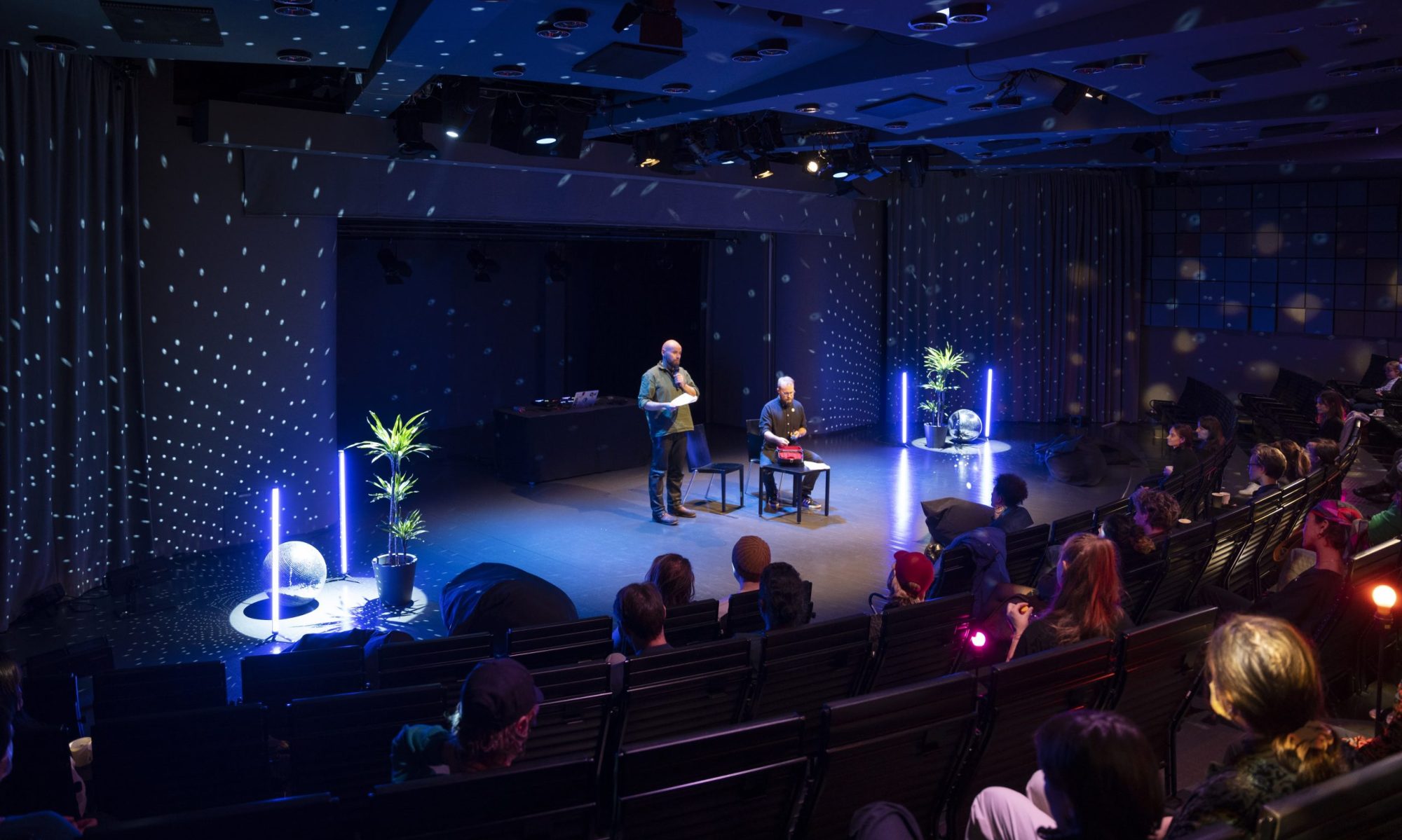Reread Posthumanist Performativity: Toward an Understanding of How Matter Comes to Matter (2013) Karen Barad for inspiration on my Kone foundation artistic research grant application. Getting a better grip of her approach to representationalism. The target of her critique is not the accuracy of representations which are used for conveying knowledge but that representationalist assume and advocate that entities can detach themselves from the phenomena they are making sense of. Barad reaches out to Butler who provides a practical example (using Foucault) of the effects these dynamics have on folk: “juridical systems of power produce the subjects they subsequently come to represent”.
The idea that beings exist as individuals with inherent attributes, anterior to their representation, is a metaphysical presupposition that underlies the belief in political, linguistic, and epistemological forms of representationalism. […] representationalism is the belief in the ontological distinction between representations and that which they purport to represent; in particular, that which is represented is held to be independent of all practices of representing.
Barad argues that representationalism is fueled by a Cartesian belief in the division between “internal” and “external”. She continues that folk often neglected to mention that in this division representations are “external” sources as well. I see her call for “discursive practices” (focus on performativity) as an attempt to reach past representations (because we should acknowledge that words have an impact) and to focus on the relation with the subjects we are addressing.
For all Foucault’s emphasis on the political anatomy of disciplinary power, he too fails to offer an account of the body’s historicity in which its very materiality plays an active role in the workings of power. This implicit reinscription of matter’s passivity is a mark of extant elements of representationalism that haunt his largely postrepresentationalist account.
I thinking her explanation of the “primary epistemological unit” or phenomena could be well explained with an example of the clock. A clock does not measure the progress of time, it performs the construction of the clock. More importantly the clock is a technological assembly which manifest a particular worldview. In this frame it’s interesting to think about popularity of health-monitor-smart-watches which measure the performance of the body. I believe they enforce a mechanical reading of the bodies inner workings.
I find it more easy to understand “intra-action” in Finnish then in English. In Finnish people can be said to be on the same “taajuus” (~frequency) and as I understand “intra-actions” are processes were we can witness the emergence of differences in phenomena which habit the same “taajuus”. The entire radio domain consists of simultaneously transmissions on all possible frequencies. All transmissions interfere with each other, all the time. Broadcasts cannot occur outside of the radio domain but broadcast are all different, they could be explained as folds of the same. Tuning to a fold (aka. listening to a broadcast) could be explained an “agential cut”. Yet an other cool link Tetsuo Kogawa/mini-FM transmitter stuff.
[…] the agential cut enacts a local resolution within the phenomenon of the inherent ontological indeterminacy.
Intra-actions could be useful for explaining the interconnectivity of horse-human practices. There are similarities in practices I have witnessed at different horses tables over the years but the reasoning justifying the practices are always explained differently. Each horse stable could be seen as a pocket or fold of the cultural history horses and humans share. “Agential cuts” could be used explain the anecdotal notes horse hobbyists and professionals share during horse grooming and maintenance chores. The notes stop the flow of horse-human cultural history to pin particular horses into particular relations which are performed at the particular stable.
A practical question which arises from thinking about performative posthumanism is a questioning of the common practice of mounting a horse from its left flank. Horse-skill teachers may explain that this practice is linked to chivalry traditions. Knights wore their swords on their left flank and allegedly the weight and dimensions of swords makes mounting from the left more practical. Why do we still mount the horse from the left flank? The horses are accustomed to this tradition and possibly teach people of this preference (an “agential cut” by the horse?). What will happen if we mount the animal from the right? Are we mounting a horse when we do so or an other beast?
In the first phase of my research I’m attempting to map the contradictory figure of the contemporary horse. With this I mean a snapshot of the array of performances which people execute when explaining the animals behavior and nature. My aim is to outline the model of agency which these performance inscribe to the animal and to ask for the horses feedback on it.
In summary, the universe is agential intra-activity in its becoming.
I think Barads writing manifest a hopeful view of the future, where stuff constantly emerges (there is only progress). I’m looking for the void. I feel that trauma caused by encounters with abrahamic-believe-systems which emphasize text, letters and symbols as keys by which we can reach truths, cause me to read thinkers like Barad as an authority. I can feel my artistic thinking complying to her writing. Theory seduces me into becoming an illustrator instead of an artist. Bless dyslexia, natures remedy to determinism. #ॐ

